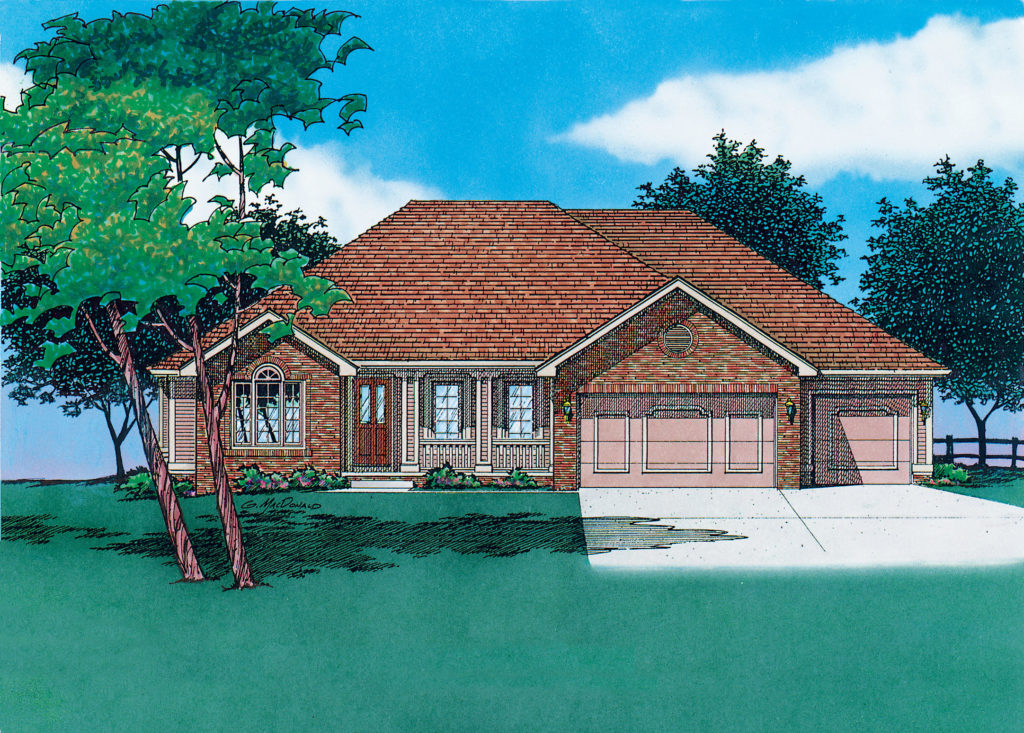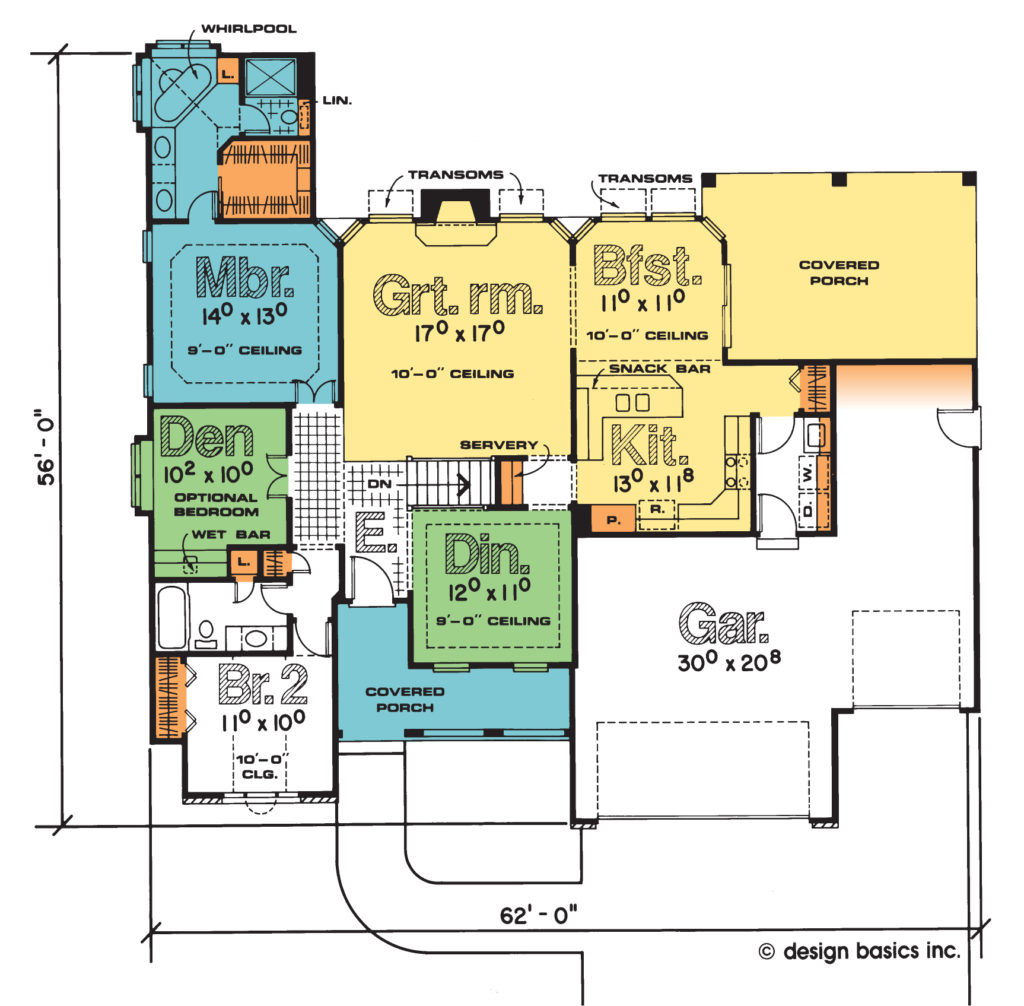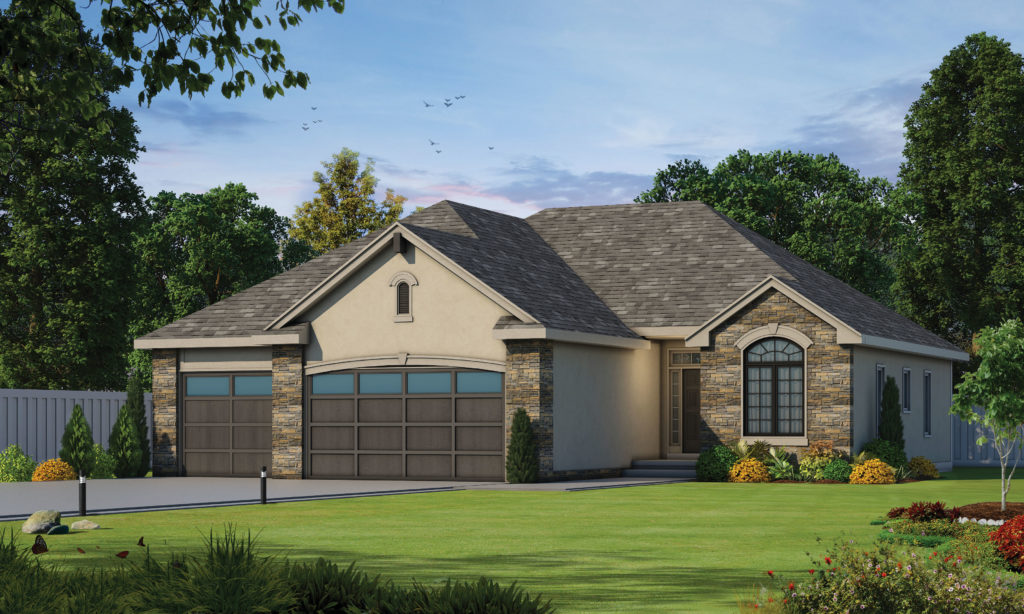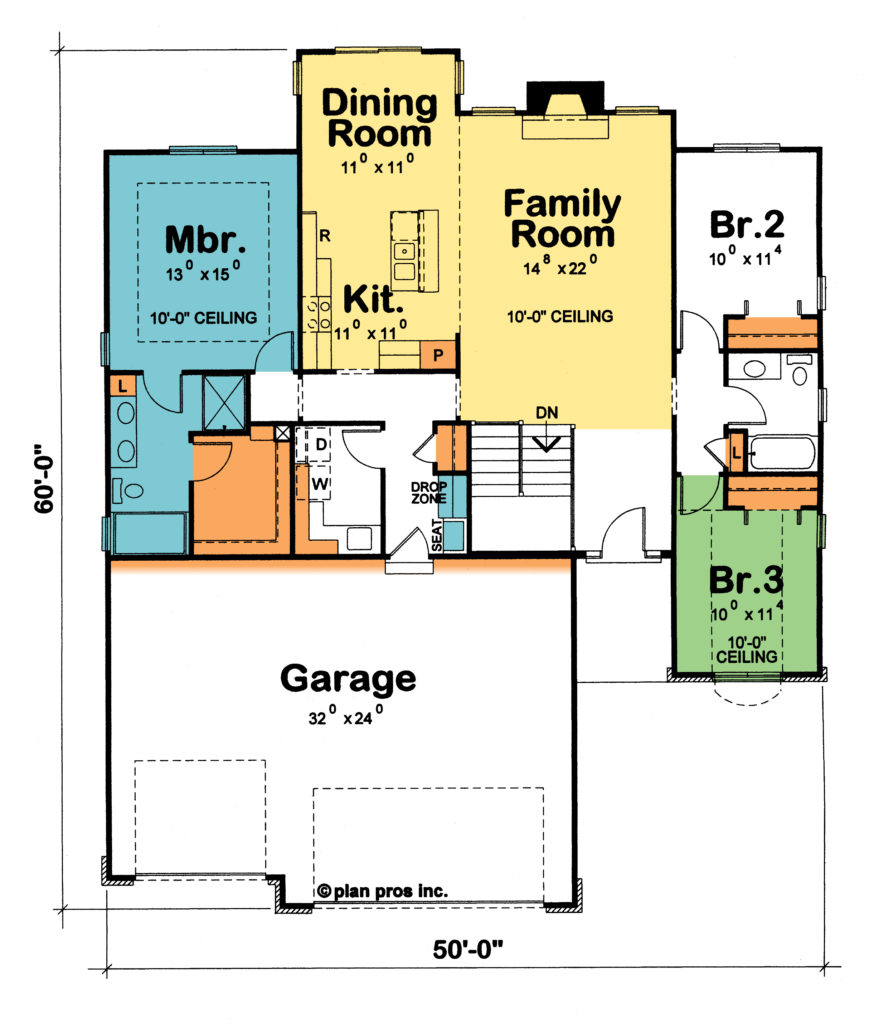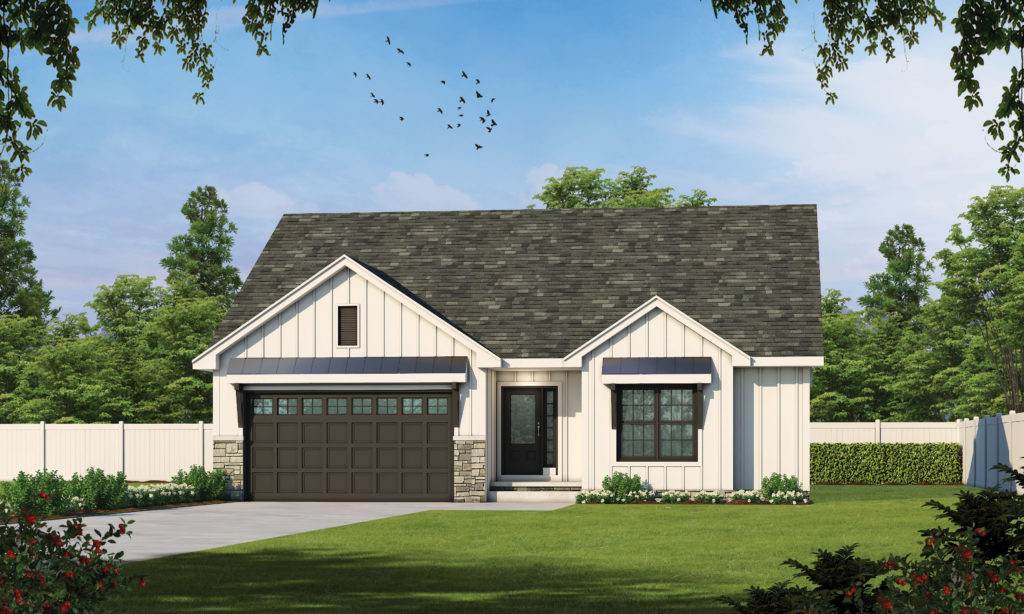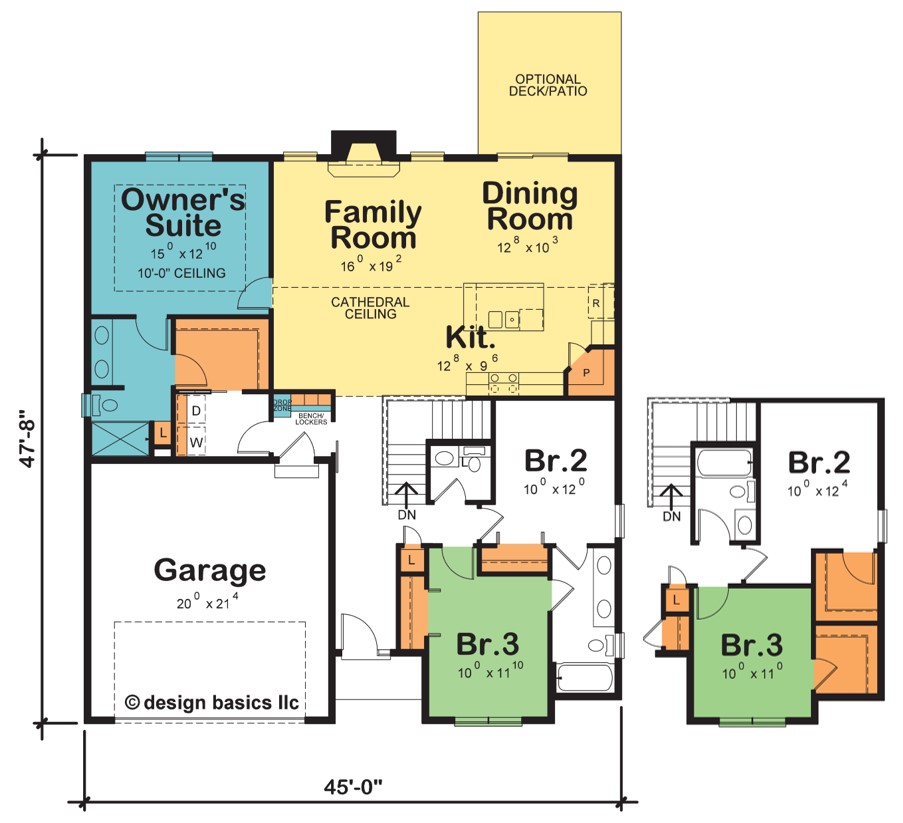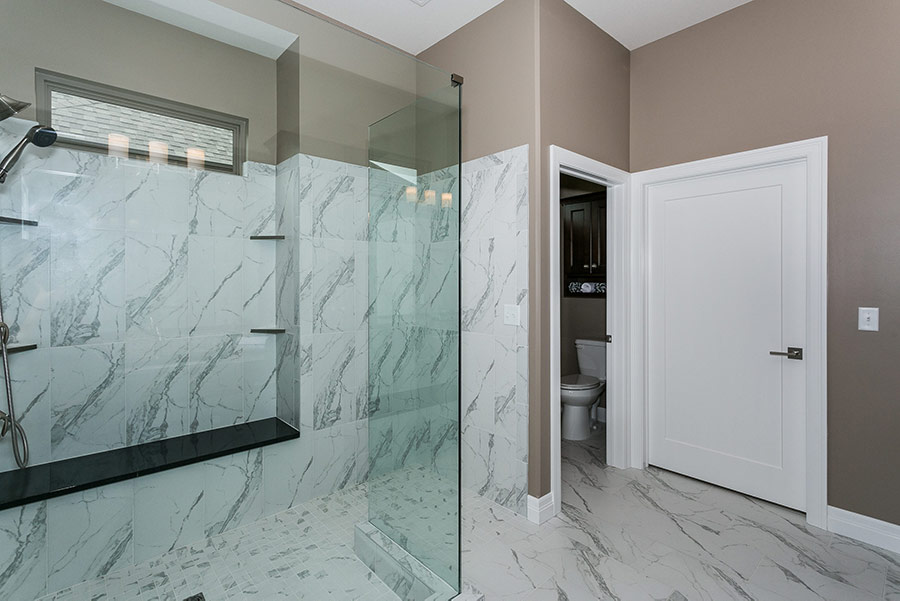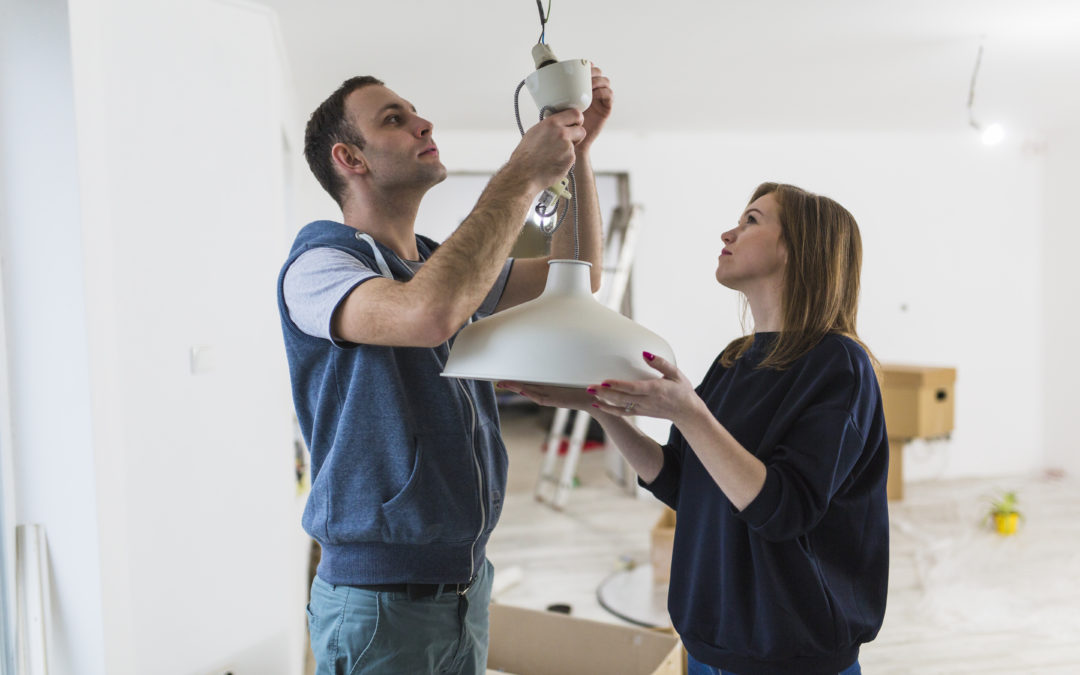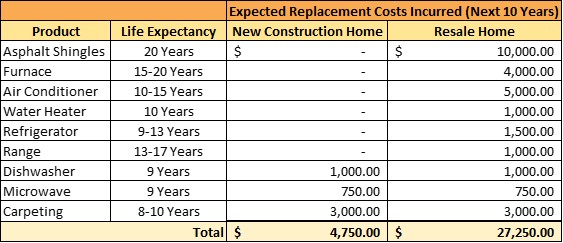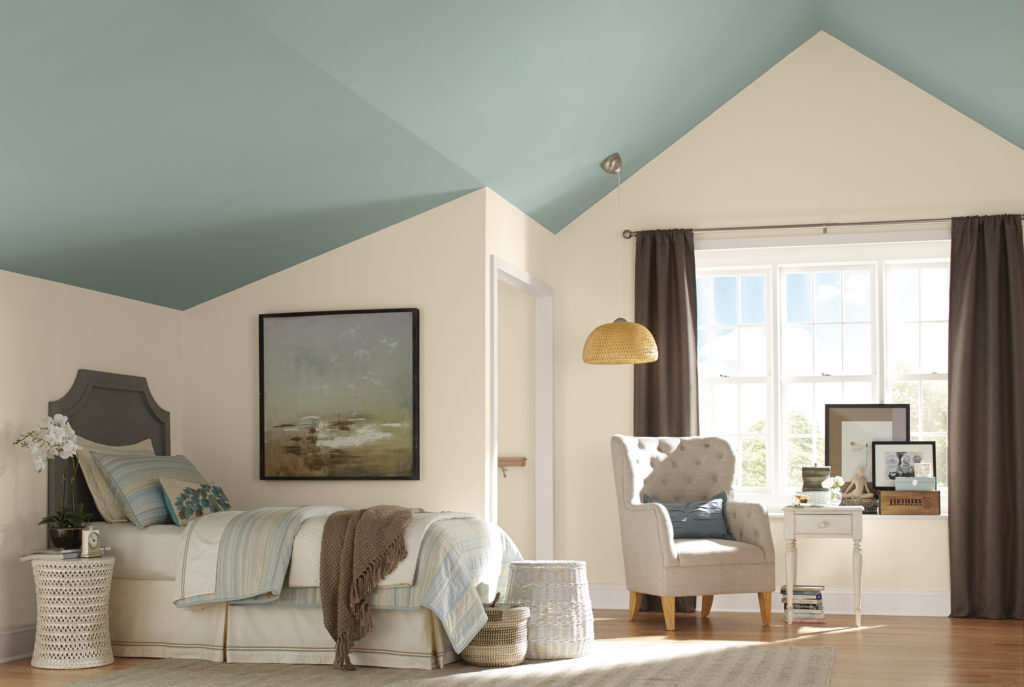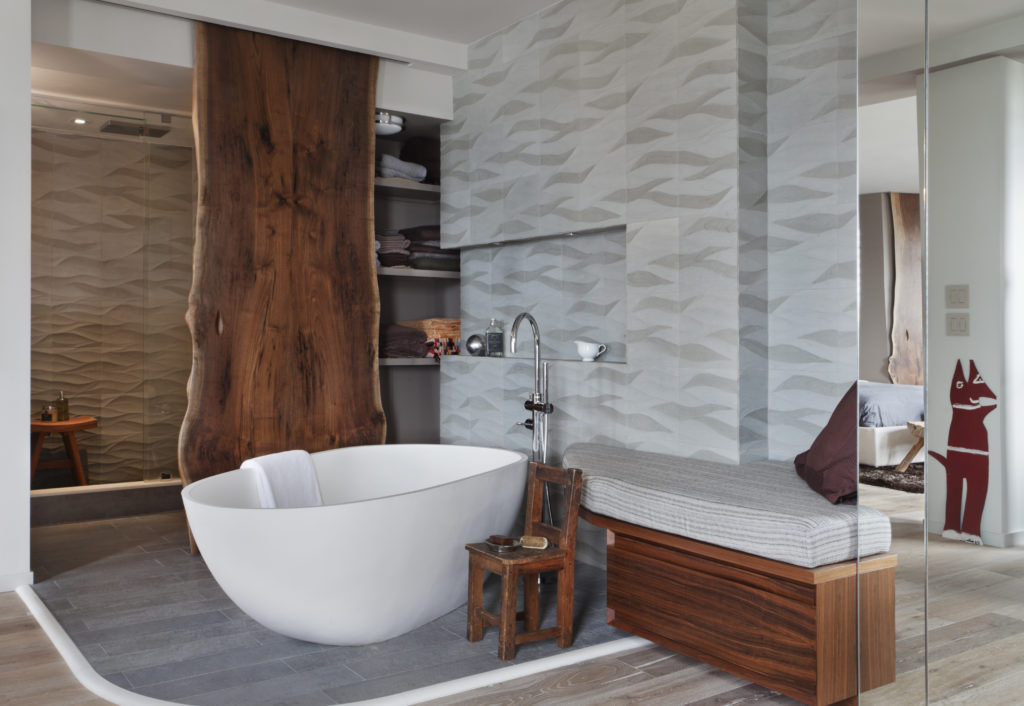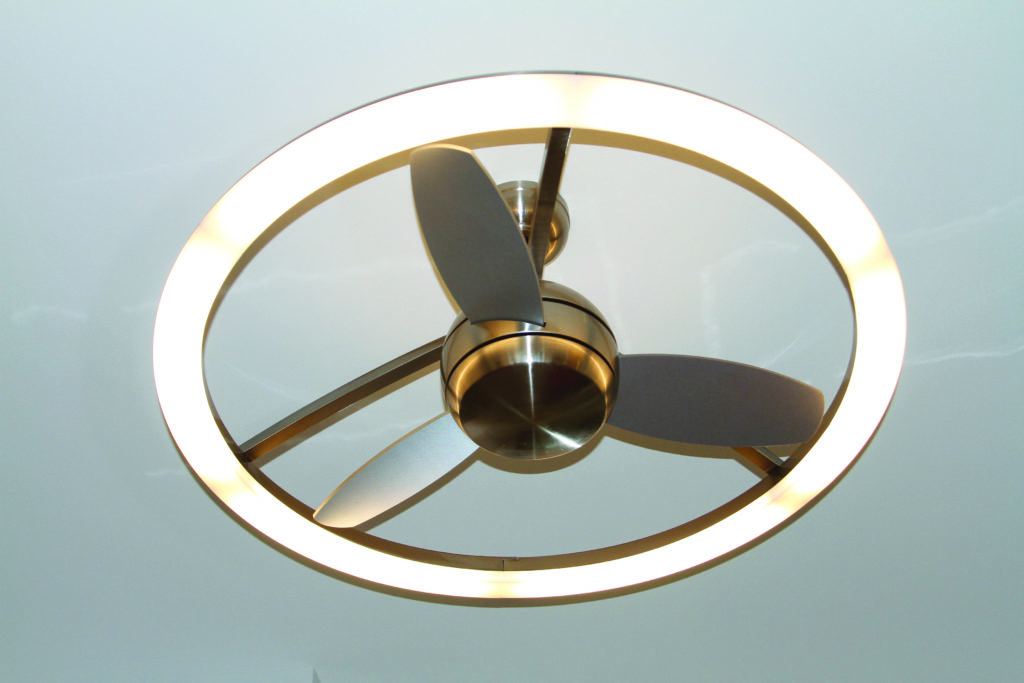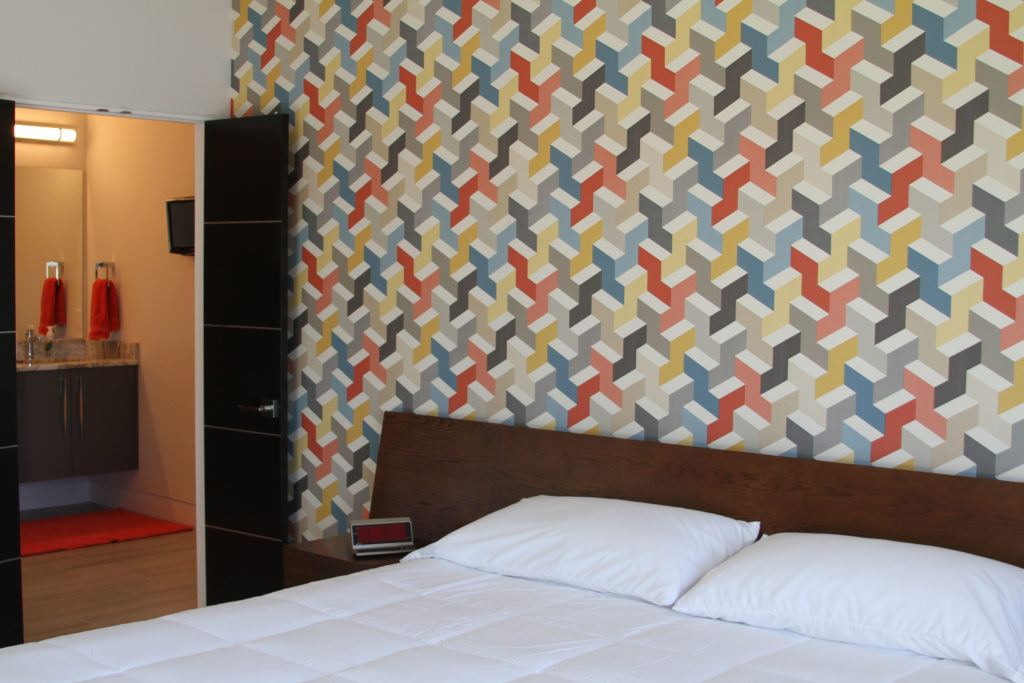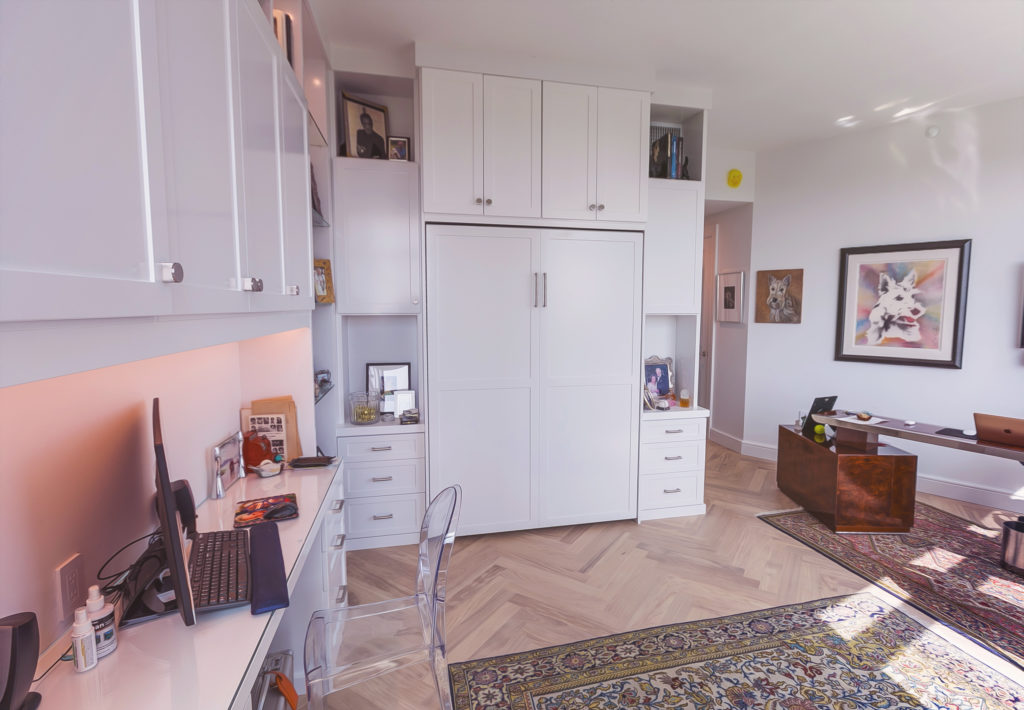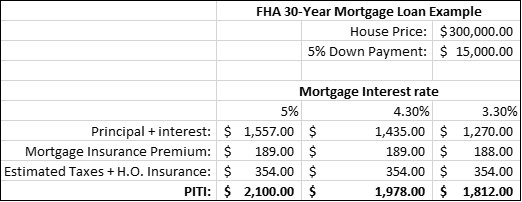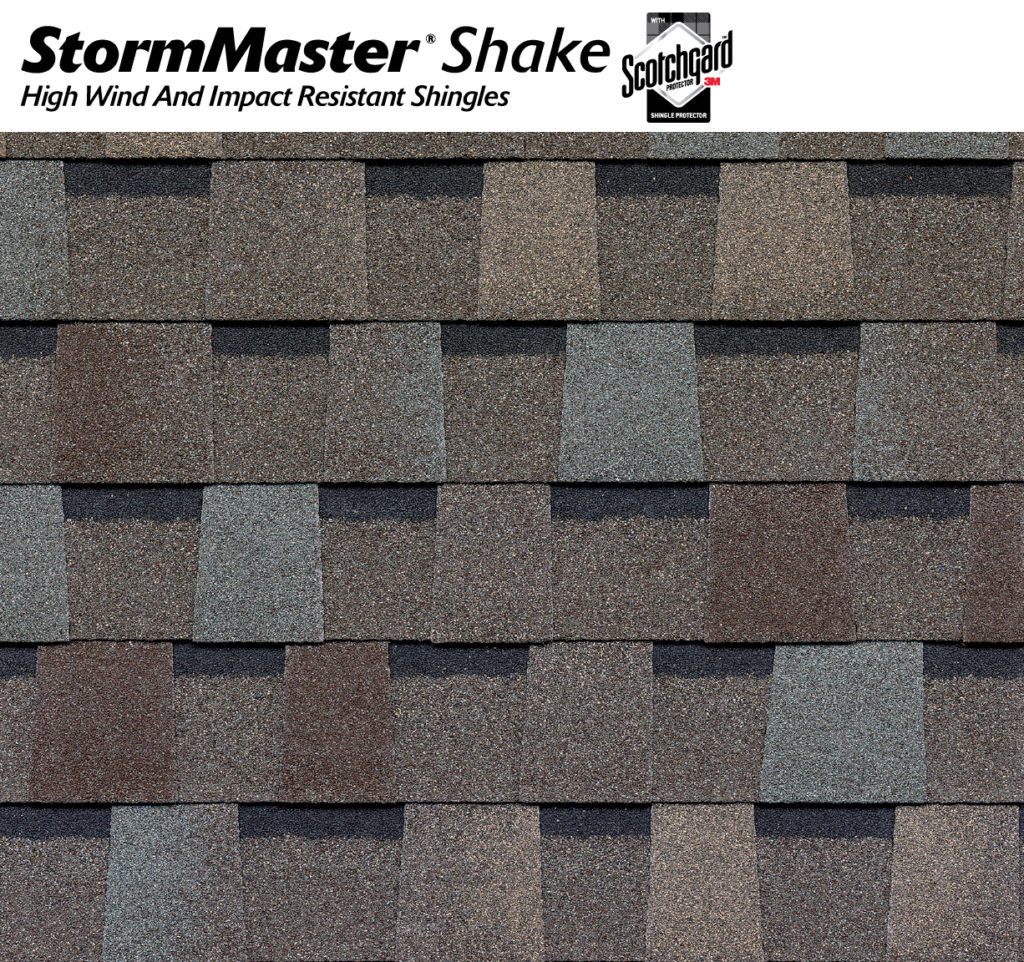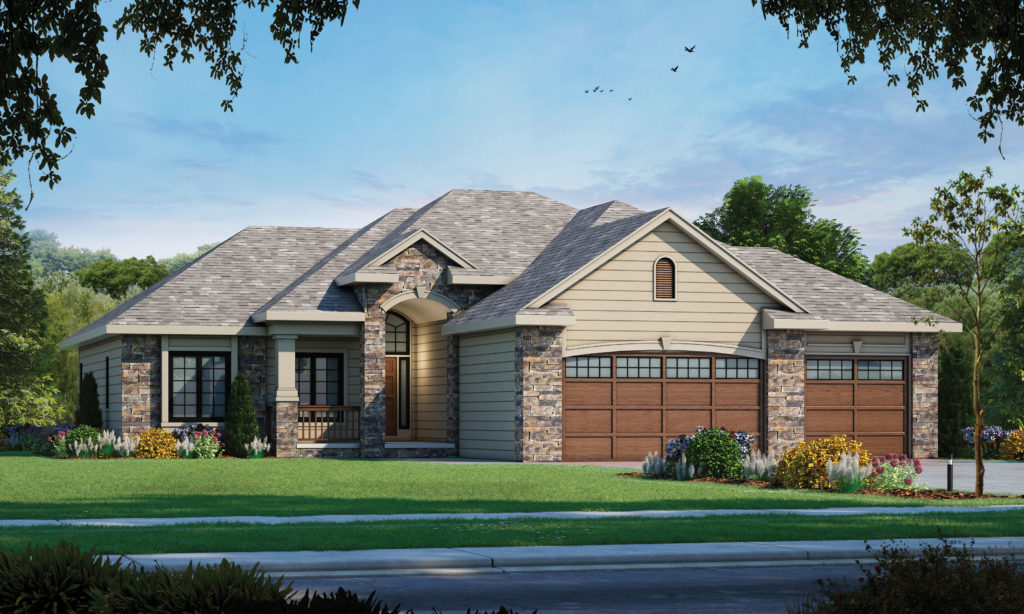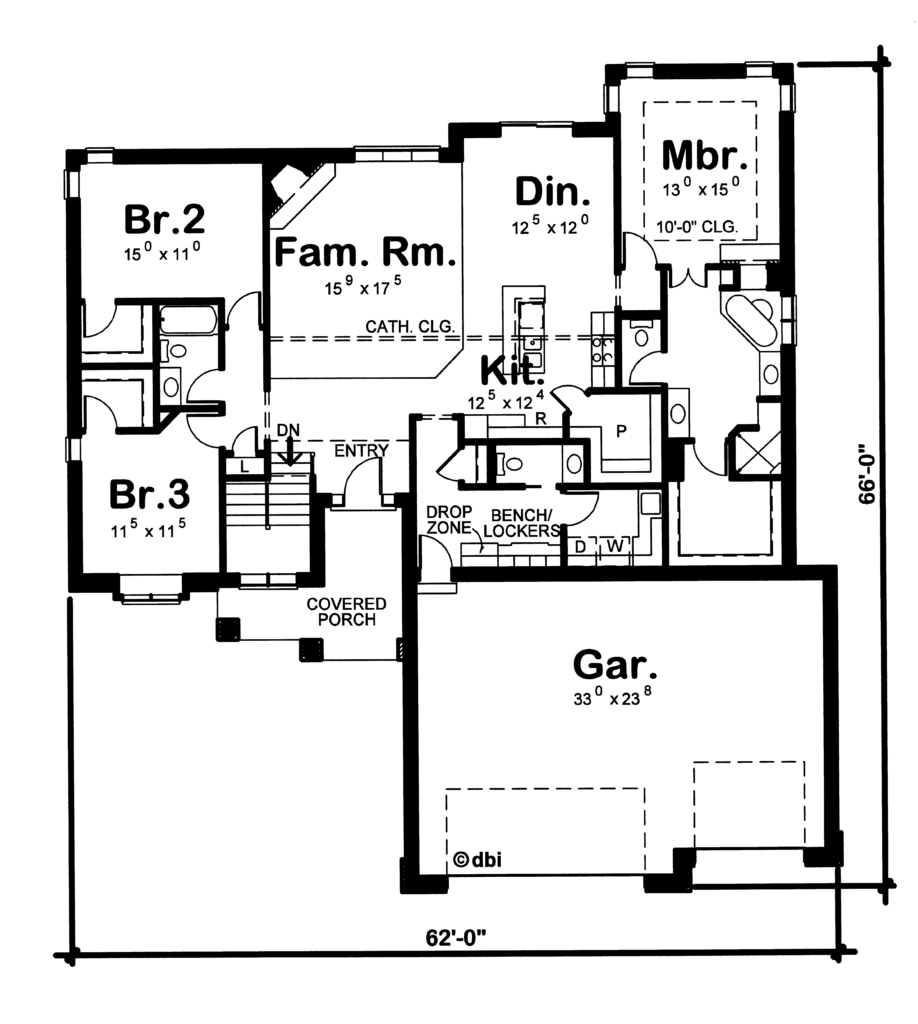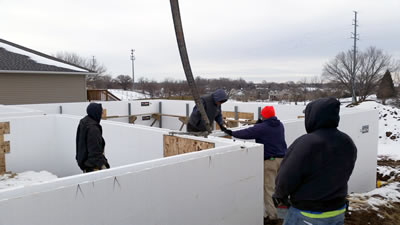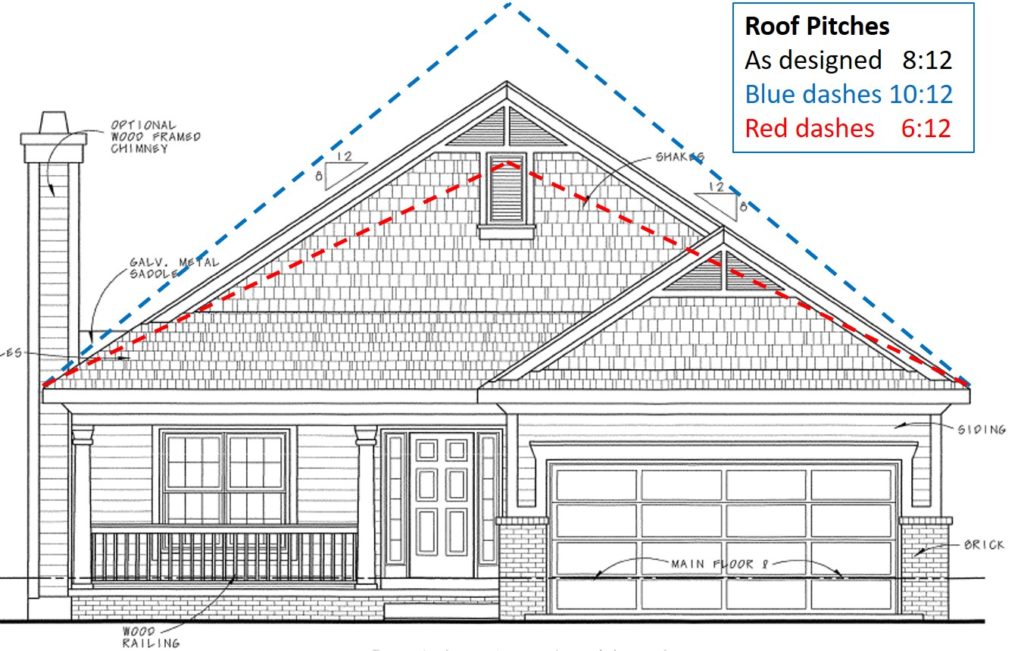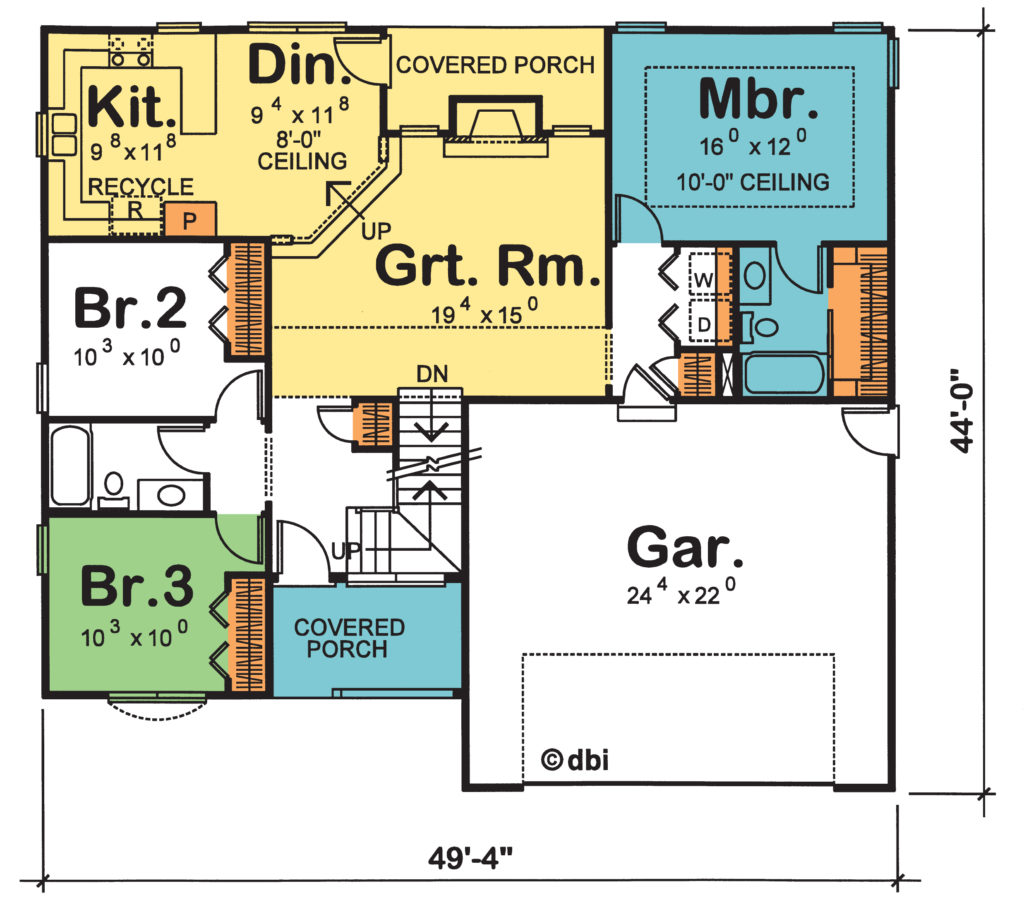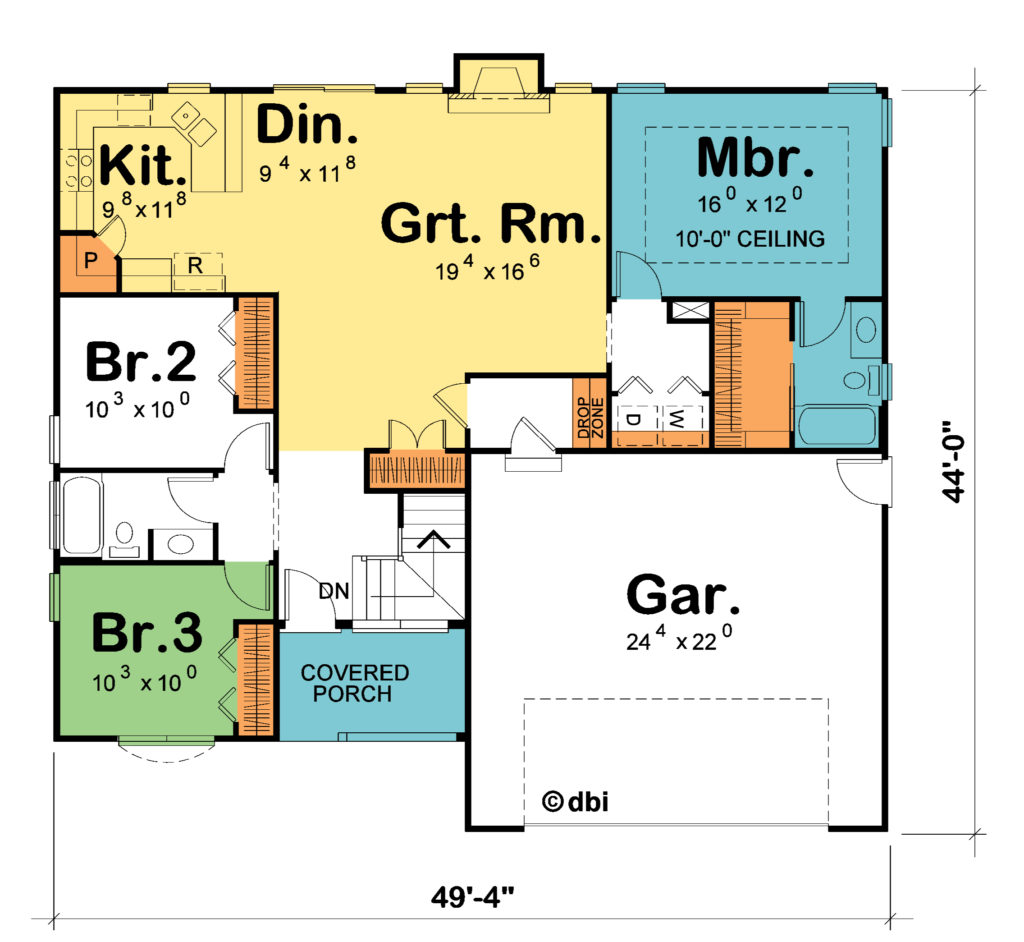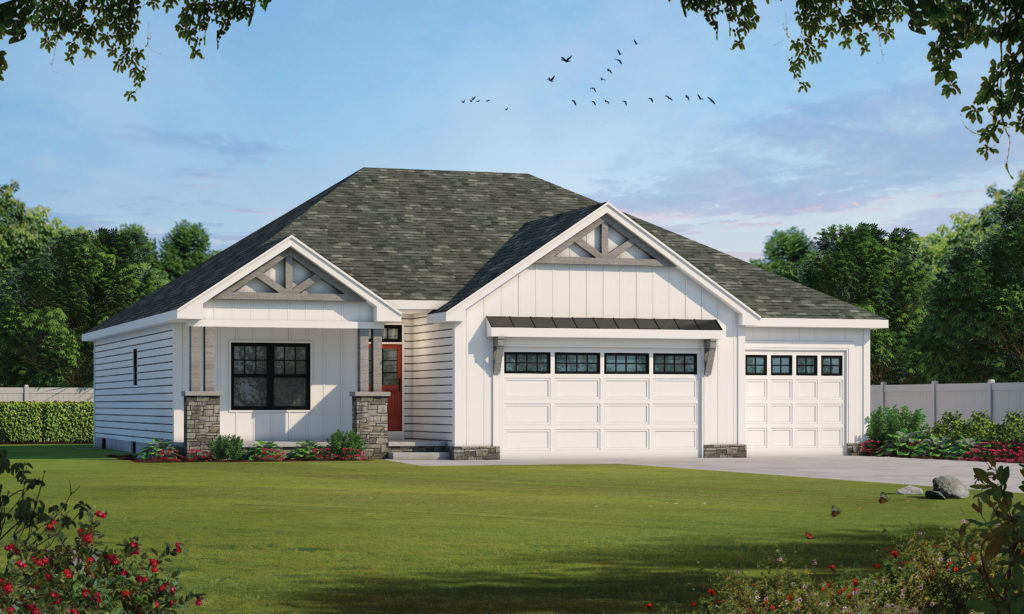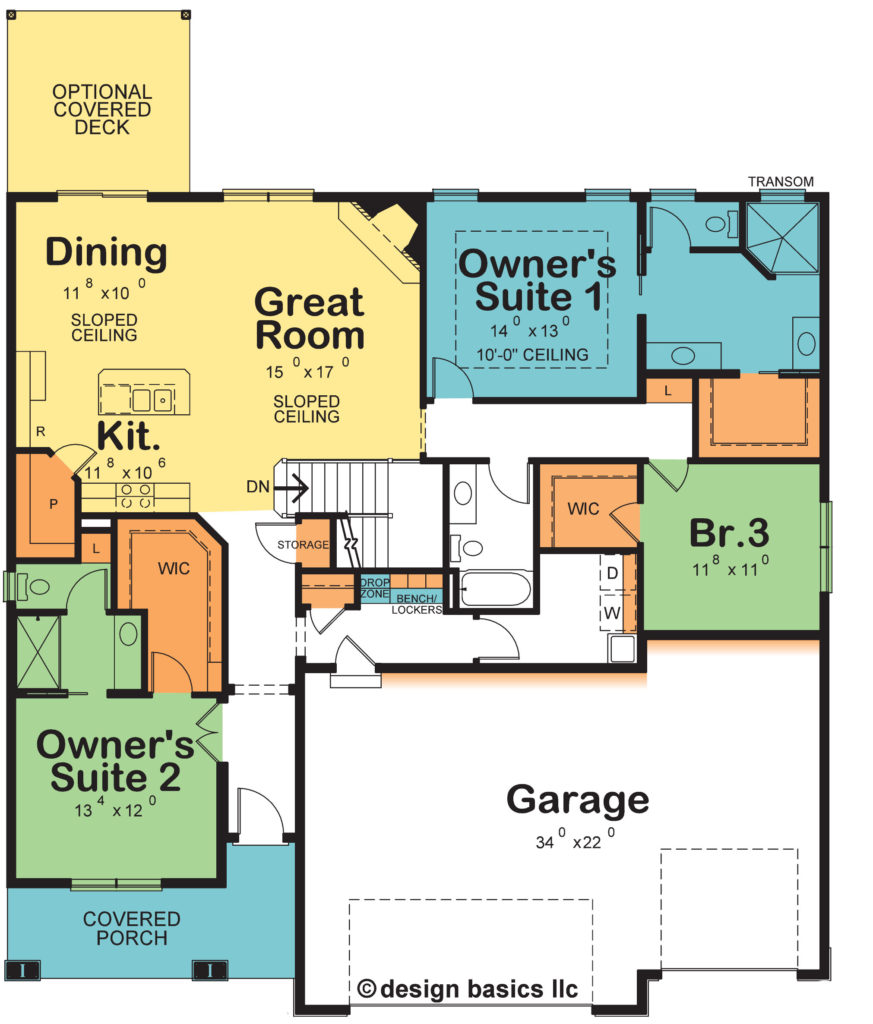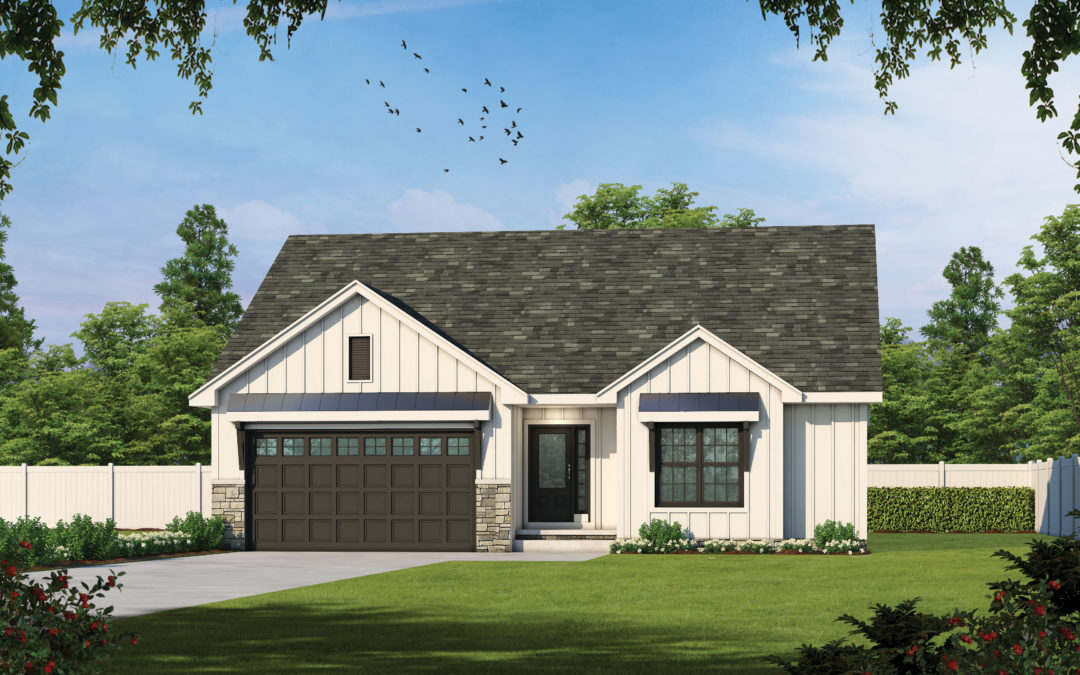
Cost of Ownership – Resale Value
When looking at your new home investment, one of the considerations is future resale value. Buyer preferences change over time, and the farther out your time horizon, the less confident you can be in a design, amenity, or product’s future popularity.
Americans live in their homes an average of 13 years, according to a study cited in a January 2020 article from the National Association of Realtors. So, here are three plans: a hot new design and two similar size plans that were new and popular years ago:
More than 25 years ago, the Orchard (#2818) was a top-selling home plan. The bedroom suite bathroom’s twin boxed-out windows and whirlpool tub have fallen out of favor with most buyers. Twenty-four-inch wide bathroom doors, a 4-foot shower and 6-foot walk-in closet don’t excite most of today’s buyers. The peninsula kitchen is fairly closed off; open to the entry is a formal dining room; and you enter through the laundry room coming in from the garage—all issues which may depress the home’s resale.
Though it’s had several birthdays, the Leftwich (#29300) plan is still quite popular today and illustrates some evolving buyer preferences. It is an open floor plan with an island kitchen that flows freely into the eating area and family room. Compared to the Orchard, the Leftwich’s bedrooms are slightly larger and the closets are significantly larger. Plus, there is a rear foyer entry from the garage with separate laundry room.
The Teglia Farm (#42482) is a brand-new plan that is already getting a lot of attention. Embracing the shift to value engineering, this design’s foundation has minimal jogs to keep costs down. In its kitchen, the island has back-to-back base cabinets for added storage, and the expected walk-in pantry. Without the limitation of walls, the dining area can temporarily expand into the family room for big holiday meals. There is a 5-foot shower in the bedroom suite and its walk-in closet enjoys a convenient connection with the laundry room. Flexibility is illustrated by the buyer’s choice – walk-in closets for Bedrooms 2 and 3; and, something neither the Orchard nor Leftwich have – a powder bath.
Market Shifts, Trends, and Fads. Shifts in buyer expectations are the most pronounced and universal – having significant impact on a home’s appeal and resale value. There has been a shift away from formal dining rooms as we have become generally more causal, preferring usable space in our homes. Value-engineering is expected. What was an established trend, fueled by the 2020 pandemic, accommodations for working from home have likely become a shift for buyers.
Trends are obvious departures from the past and tend to address an existing problem or issue but are not as widespread as shifts. Seventy-eight percent of American adults don’t bathe (they shower instead) and among those who do like to take a tub bath, most use the tub only occasionally. A decade ago, some Realtors were telling us that no tub in the owner’s bathroom would hurt resale. Today, most buyers shy away from a home without a larger shower in that bathroom and feel a tub is waste of space…they don’t want to have to dust the tub!
The 25-year old Orchard still has good curb appeal, but the combination of obsolescence and lack of current, in-demand amenities hurts its resale value. It likely also has dated finishes and products. The Leftwich design speaks more directly to today’s buyers, but still its kitchen pantry cabinet and “snout” garage don’t work for some buyers. The Teglia Farm embodies many of today’s buyers’ preferences. So, 13 years from now, which of those designs would you want to be reselling?
Beyond design, resale should be a factor when making other choices. You choose to add the builder’s “first impressions” option package, with the beautiful front entry door, tapered porch columns, and attractive garage door. Not only will you appreciate your home’s curb appeal every time you arrive home, so will prospective future buyers. In fact, a study by Therma-Tru found stylish entry doors could increase a home’s perceived value by an average of 4.2% or $18,750. What about some extra-cost options that aren’t so easily appreciated? You opt for the builder’s “energy investment option.” Behind the walls, that high-performance insulation is a hidden asset. But you can show your lower utility bills, effectively bolstering your home’s resale value. Know that when a home’s price is higher than expected, buyers will look for the reasons why it is worth more. Contrast that with a home that has a lower-than-expected price. People looking at that home focus on the negatives – what makes it cheaper.
Next time…Offsetting Home Ownership Costs
For more resources on thoughtful design and products:
- View other articles on our blog
- Browse our Her Home™ Magazine
- Thoughtful Design Concepts

